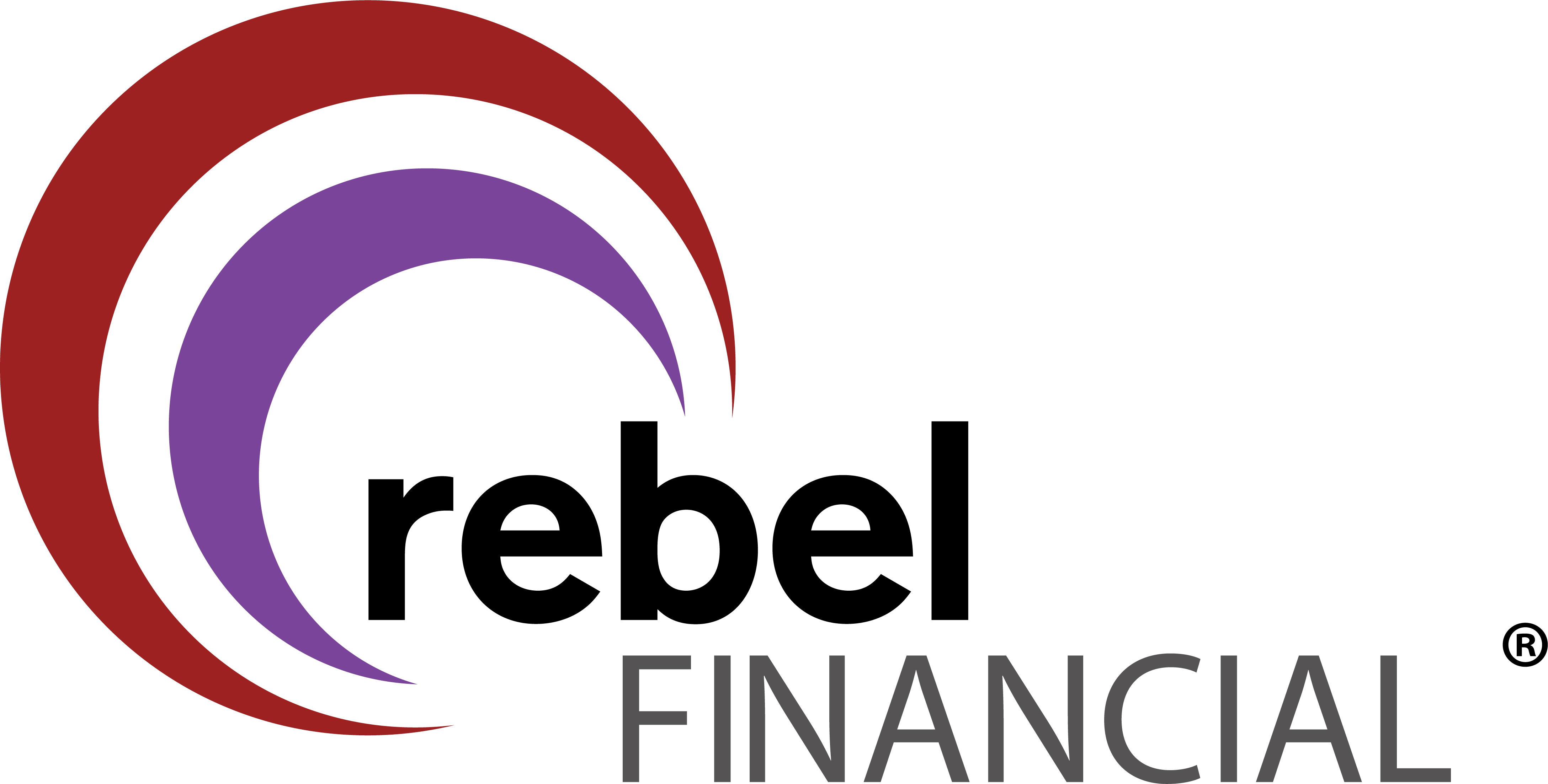
While investors are keeping a close watch on the Federal Reserve for indications of when it will start raising interest rates, the consensus among economists is that it will begin its credit-tightening cycle at some point this year.
Of course there are two sides to the interest rate coin: the investor and the borrower. Rising rates are generally good news for savers and investors, but they represent an expense for borrowers and increase the cost of taking out loans and mortgages.
In the current environment, individuals may be evaluating the potential benefits of converting variable-rate loans, including adjustable rate mortgages (ARMs), home equity lines of credit, and student loans, to a fixed rate.
Only One Way to Go
Interest rates are still at historic lows and are only likely to go up from here. Personal finance experts typically favor refinancing, when practical, to a fixed rate for the stability it provides the borrower. With a fixed-rate loan the borrower will not have to be concerned if there is a sudden spike in interest rates. What’s more, individuals with fixed-rate debt have much more control over their budget and can plan ahead with more confidence, as they have a clear, predictable picture of their monthly income and expenses.
While adjustable-rate loans may have lower initial interest rates than fixed-rate loans, the lower interest rate is only for a set period of time. At the end of the fixed period, the monthly loan amount “adjusts” based on the market rate or index. In this case, refinancing may be a smart choice if your ARM is adjusting to an interest rate that is higher than the current market rate.
How Low Are Rates?
Just how low are short-term rates now, historically speaking? Most lenders base their variable rates off a LIBOR rate, which stands for London Interbank Offered Rate and works as a benchmark rate for banks internationally.1 As the LIBOR changes, so does the variable rate. The LIBOR is low today, compared to its 10-year and 20-year averages (see table below), but once it begins to increase, borrowers holding adjustable rate loans will see an increase in their regular payments. While most variable rate loans will have an upper interest rate cap, it is important to know what that maximum rate is — and whether you could handle that potential debt load — before signing any documents.
LIBOR — Then and Now
| | 10-year average | 20-year average | July 6, 2015 |
| 6-month LIBOR | 1.95% | 3.09% | 0.44% |
| 12-month LIBOR | 2.17% | 3.29% | 0.76% |
Source: Federal Reserve Economic Data (FRED). For the dates indicated. The 10-year and 20-year averages are for the period ended July 6, 2015.
Generally, a variable rate loan is a safe bet for individuals who plan to repay their loan quickly. And while the Federal Reserve is expected to begin raising rates soon, it is likely to take a very measured, slow path.
Source/Disclaimer:
1Source: U.S. News.com, “Fixed or Variable: Which Interest Rate Should You Choose?” July 14, 2015.
Because of the possibility of human or mechanical error by Wealth Management Systems Inc. or its sources, neither Wealth Management Systems Inc. nor its sources guarantees the accuracy, adequacy, completeness or availability of any information and is not responsible for any errors or omissions or for the results obtained from the use of such information. In no event shall Wealth Management Systems Inc. be liable for any indirect, special or consequential damages in connection with subscriber’s or others’ use of the content.
© 2015 Wealth Management Systems Inc. All rights reserved.










